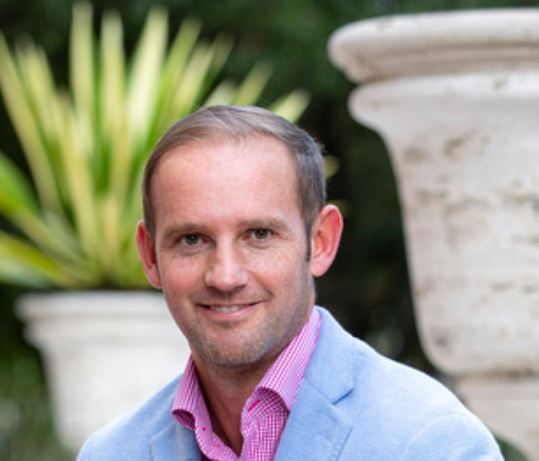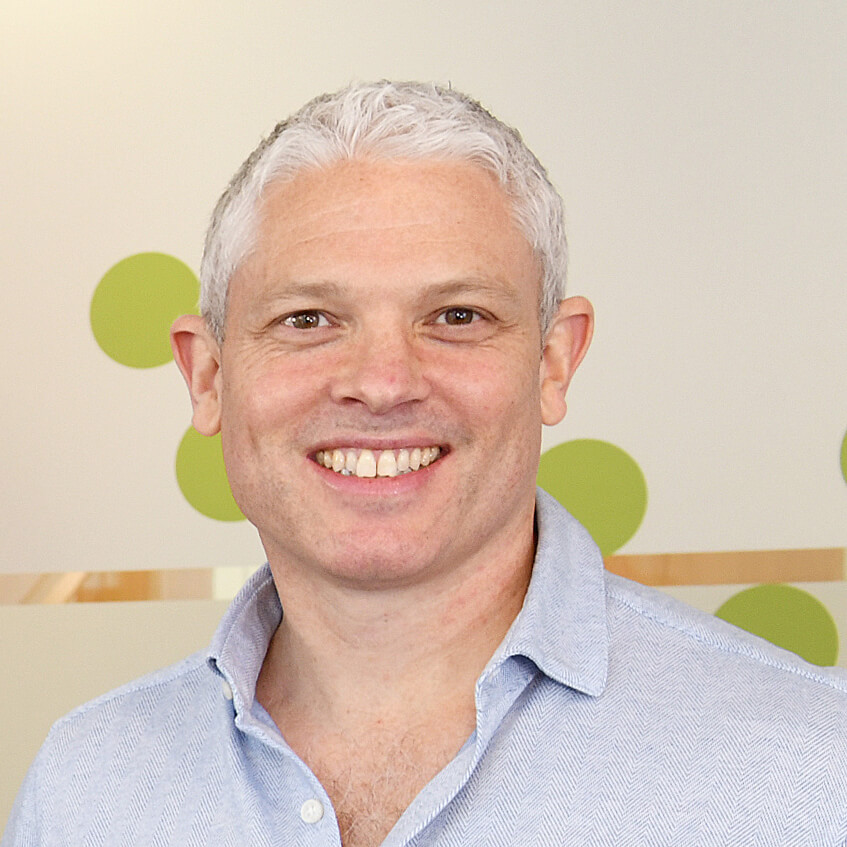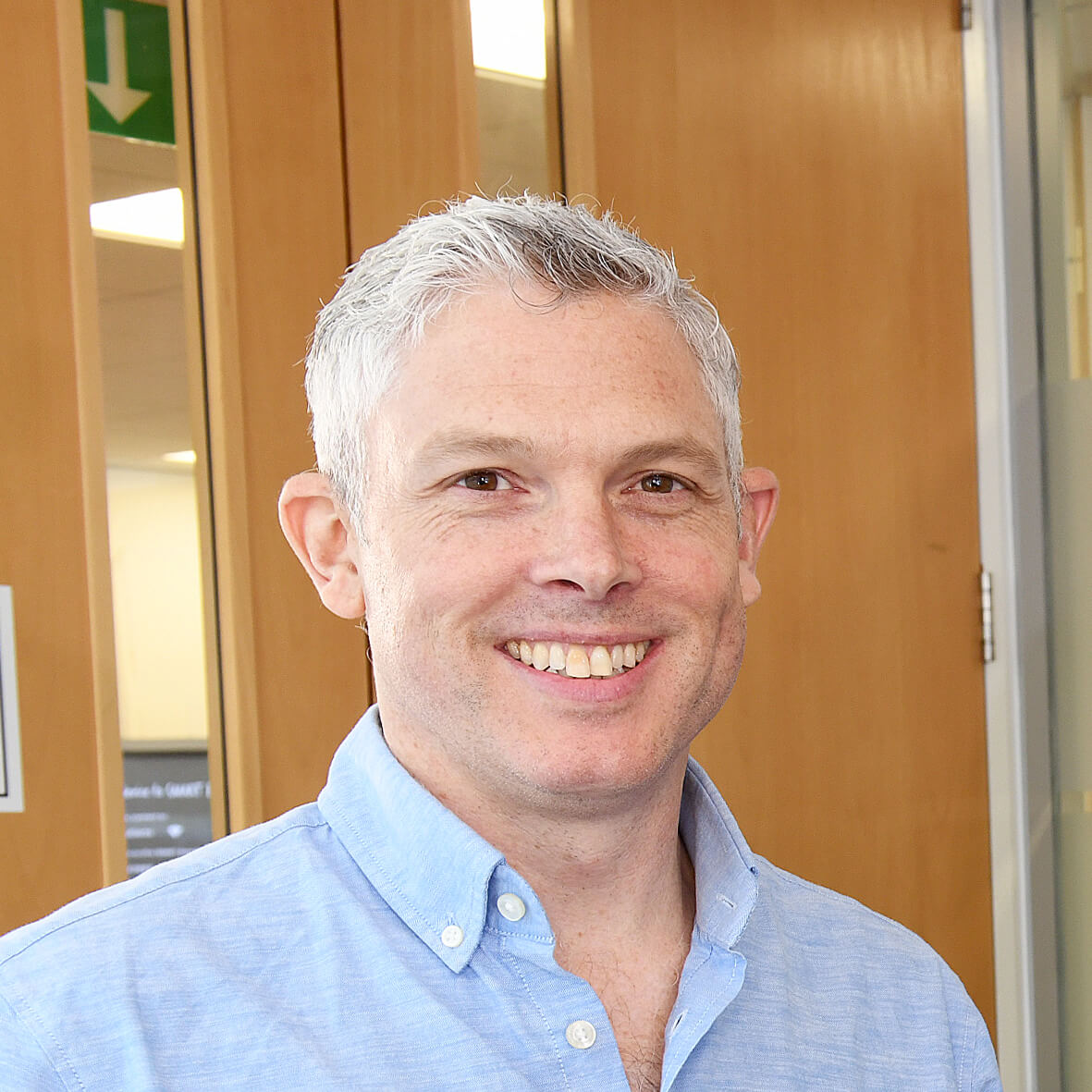“Curium offered guidance and support whilst really pushing you to try things out. All of which really gave me confidence on how to approach these situations and encourage people towards the right outcome.”
“I’m not exaggerating when I say that working with Curium has changed my world in such a positive way”
How to be more successful when delivering an ERP or large technology change…
Most people struggle to deliver their ERP/ large technology change on time, on budget or without watering down their ambitions.
We manage these complex projects through 5 areas of focus, or lenses as we call them, that give you control. Increasing your chances of success and getting you back to focussing on running your business sooner.
Our approach creates business ownership by putting people first throughout the delivery; which increases adoption rates significantly.

Here are 5 crucial things to consider when delivering your ERP:
1. Put your People First
Sounds obvious but it is rarely done. Don’t just tick the box of providing resource from your team to the project, but challenge yourself by asking: “Who do I trust to represent me and my team to get the most out of this investment?”
Once they’ve been onboarded, whether they are going to form part of the core delivery team, or are a Champion in the business; train them. Get them upskilled in the things they’ll need to be successful in their role. That could be ‘technical project elements’ like Requirements Gathering, Business Impact Assessments, Data Migration, or Testing. Or ‘change management elements’ like Resilience, Facilitation, Decision Making and Teaming (here’s a great video from Amy Edmondson on Teaming)
When you tell the story, make your people the hero of it, not your change program. Pitch it on how this will help them achieve their goals and ambitions, the program is purely a guide to help them along the way.
Watch this webinar, which was streamed to hundreds of people from Birmingham Tech Week on putting your people at the heart of transformation.
2. Make the customer a supplier
This will change everything for you.
Establish responsibilities in a way that helps your key user communities understand that they are not only a Customer of the change, but a Supplier of it. This means that they understand from day 1 that they have as much responsibility in facilitating the successful and timely delivery of the program as the program itself.
After all, they have rich business knowledge, will want to influence key decisions, and ultimately are the ones who will be using the solution after it has been delivered.
This is definitely a mindset shift that can seem alien at first, but once up and running, it proves to be liberating. It is about putting people in control of their destiny – helping them shape their future within the constraints of the scope of the program. In doing so, the business starts to pull for the change.
3. Premortem
This is a brilliant and simple technique to gain business-driven insights into what could make this project go off course in a meaningful and actionable way. When you explore this with your business, they will often provide you with the insights needed to engage them, on their terms, to gain the commitment required to successfully deliver.
To quote Gary Kline writing in Harvard Business Review “A premortem is the hypothetical opposite of a postmortem. A postmortem in a medical setting allows health professionals and the family to learn what caused a patient’s death. Everyone benefits except, of course, the patient. A premortem in a business setting comes at the beginning of a project rather than the end, so that the project can be improved rather than autopsied. Unlike a typical critiquing session, in which project team members are asked what might go wrong, the premortem operates on the assumption that the “patient” has died, and so asks what did go wrong. The team members’ task is to generate plausible reasons for the project’s failure.”
Read Gary’s full article.
4. Establish a Team CODE to speak hard truths
Talking hard truths to stakeholders is paramount. If you can establish psychological safety in the team, where no-one fears speaking up, you can certainly create an environment where stakeholders not only accept, but fully expect to have tough conversations.
Think of the Team CODE as an identity, the rules of engagement for shaping the project team and how you are going to act.
Connect: Do you understand your people? Understand the environment so your people feel connected in order to bring them on the change journey with you.
Organize: How are you as a team going to be organized, what mechanisms and processes do you need? Meeting cadence? Feedback mechanisms? Comms channels?
Drive: Define clearly what you are there to deliver and what difference it will make when done. What is the big goal that lets everyone know where you are going and guides how you deliver the project and change to get there?
Explore: Possibility thinking. What can you do to disrupt your own thinking, dispel fixed beliefs, and try new things? Define ways to test and learn as a team. If you make it an expectation to come up with ideas, you will be amazed at how much innovation your team will create.
5. Codify your approach, for us it’s through our 5 lenses and their respective processes
Delivering an ERP is perhaps the hardest and riskiest project organizations face. It is imperative to get everyone on the same page at the very beginning.
We introduced our 5 lenses for ERP deployment that drives business engagement alongside technical delivery throughout the project.
The benefit of codifying your approach is massive. From being able to prepare in advance for future steps, to everyone in your team and business sharing the same language and having a common understanding of what is required.
“Taking a step back, you have successfully implemented a new, complex, highly integrated business system, with a wide breadth of functionality, into a major market, in the midst of an international pandemic, without hands-on support from the core project team and system experts.
From my experience you have achieved this with very few business impacts, no significant functionality misses and we have a system that is fundamentally stable and performant. Across the business system implementations I have encountered, this is right up there in the top 10% of the most successful. A fantastic achievement from everyone involved!”
Waterlogic
Why do complex technology change projects fail?
What stops you from achieving your objectives? We’ve identified a series of 8 pain points. Rank them based on your personal experience and see what others also think.
A leadership Voyage® like no other
Why is it that when organizations are struggling to perform, everyone looks to the leadership?
Because that is the role of a leader…to help people perform when the going gets tough, not when it’s nice and comfy out there. But how many leaders are honestly prepared for this?

Ronaldo practices a free kick literally hundreds of times, just in case the opportunity should arise where he can pull this skill out the proverbial kit bag and win the match.
How many leaders spend any time harnessing their skills for when a crucial leadership moment should arise? Not enough is probably the answer.
What we know: the core skills of leadership can adjust to ANY situation that is thrown at you, whether that is: Developing mental resourcefulness, Building team foundations, Setting the course (psychology of goal achievement) and Inspiring others to high performance.
We delivered to this client the Voyage Leader® programme covering 6 core journeys with ALL of these skills covered and it is all available digitally combined with virtual facilitation.
So take a lesson?
The client stated 15 AREAS FOR IMPROVEMENT that we measured before, during and after the programme. Every one of these saw an improvement, a 100% hit rate.
Subject: Thank You!
Hi Anne,
Just wanted to say a big thank you for the session today, and the training last year. It really opened my eyes and as mentioned on the call – I have really embraced engagement activities with our team and tried to really show up as a leader, especially during this ongoing pandemic!
We recently conducted a survey on team ‘engagement’ and the results were really very positive given the circumstances, with responses focusing on collaboration, support, talking openly and
having strong relationships! As a testament to you – I’ve won two health and safety awards recently
for being a mental health advocate for our team with our engagement activities and positivity – and it all stemmed from the training we had with you! Your program works – I’m really grateful I had the chance to participate.
But does it work?
- Build your leadership habits into your life now, because the day you will need them it will be too late to start practicing.
- See your leadership quest as a Voyage. You are on several journeys at any one time, focus on the critical few, become exceptionally skilled in these, and you will navigate the choppiest environment with ease.
Remote working
An interview with a customer that got it right
Most local authorities are challenged by strict budgets and need to continually find more efficient ways to deliver essential services to their residents. Covid made these challenges even tougher.
See how one borough council used our Operational Excellence 3 step process to generate savings in excess of £400k in the year.
With improvements in workflow control, customer service delivery and people engagement all of these have been sustained throughout the Covid lockdown period.

Step 1: Shift mindsets and behaviours
We passionately believe in putting ‘People First’ during any programme of change. We helped managers and leaders understand why we all behave differently and how to recognise preferences in ourselves and others. These new skills enabled managers to work together more effectively and easily support each other despite all being based in different locations.

Step 2: Gain Control
Everything in life is easier when we are in control. We trained and coached managers to embrace a range of best practice operational management principles to establish easy control and then created a simple solution to enable clear visibility of the workloads and performance across every team.
Understanding, collaboration and support was now easy to coordinate and prioritise.

Step 3: Continually Improve
The simple disciplines established became the basis for identifying opportunities to improve service delivery and recognising where individuals in their team may need support. Regular ‘performance focused’ actions have continued to generate efficiency savings and have been endorsed as a ‘Godsend’ in leading the operation through the lockdown period.
In the spring of 2019, we were engaged to deliver an operational transformation programme into the business support functions for Children’s Services in Swindon Borough Council. The business support function was comprised of 9 distinct administration teams, located across 7 different sites all supporting the essential and sensitive work carried out by front line experts such as Social Workers and Health Visitors.
Our objective was to enhance the operational efficiency and service delivery of these vital support teams and to deliver this in a way which was engaging for every member of the support operation with all changes able to be sustained long after we completed our programme of work.
In this short interview, Mike Thompson – Service Manager, Business Support Children’s Services, explains what it was like to work with the Curium team and reflects on how the changes have been sustained and proved to be invaluable as the whole nation was impacted by the COVID 19 lockdown environment.
Let’s Start a Conversation
Tell us your story, your challenge. What are you trying to change?
It can seem overwhelming but that’s why we exist. To empower you to embrace change successfully. Fill in the form and one of our consultants will be in touch.



















